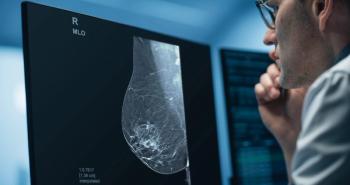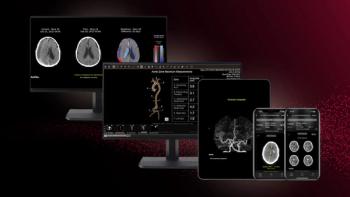
PET/CT database contains otherwise unavailable scan parameter history
Follow-up treatment of cancer patients requires consistent imaging over time, yet current PACS and HIS/RIS provide limited access to image acquisition parameters.
Follow-up treatment of cancer patients requires consistent imaging over time, yet current PACS and HIS/RIS provide limited access to image acquisition parameters. Researchers at the Dana-Farber Cancer Institute in Boston have come up with a solution in the form of a PET/CT database of all settings pertaining to prior PET and PET/CT imaging procedures. They presented their findings in a poster at the Society of Nuclear Medicine meeting (J Nucl Med 2007;48(Supplement 2):199P)."We developed a PET/CT database to record and retrieve patient information and scanning parameters that are not available through conventional PACS and HIS/RIS," said Jeffery Yap, Ph.D., a researcher in the Institute's nuclear medicine/PET department.The database allows physicians to retrospectively query and retrieve relevant clinical and technical parameters from previous patient studies."We use this information to ensure each patient's scan is performed consistently for repeat visits, as well as to perform audits that are part of our quality assurance program," Yap said.The database contains over 100 parameters organized in a variety of tables to optimize data entry and retrieval. "The front-end interface allows users to perform various queries and easily extract clinically relevant information, such as PET acquisition time, FDG dose, uptake time, CT technique, diagnosis, and plasma glucose level," Yap said.Users can query the database to extract any patient or scanning parameters using a multiple search entry field.
Nurses now enter relevant patient information prior to the day of the scan, and a technologist enters on the day of the study relevant technical information:
- patient height, weight, and glucose
- assay dose and time, injection time, and residual dose and time
- research protocol number, scanner acquisition parameters, scan start time, and interventional pharmaceuticals
Daily quality control is performed by a second technologist who reviews all entries for accuracy, then locks the record.
Information on approximately 16,000 PET and PET/CT studies from more than 8000 patients is now housed in the database, which runs under MS Access 2000 to provide wide accessibility at minimum cost, Yap said.In order to ensure Health Insurance Portability and Accountability Act compliance and FDA regulation consistency, the PET/CT database runs under the control of a third-party toolkit (21 CFR Part 11 Toolkit for MS Access, from Ofni Systems, Raleigh, NC), which requires password-protected login and a time-stamped audit trail of all access and modifications.
Newsletter
Stay at the forefront of radiology with the Diagnostic Imaging newsletter, delivering the latest news, clinical insights, and imaging advancements for today’s radiologists.




























